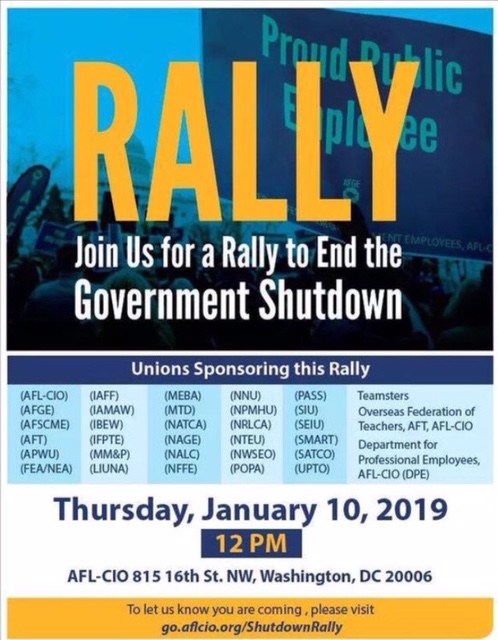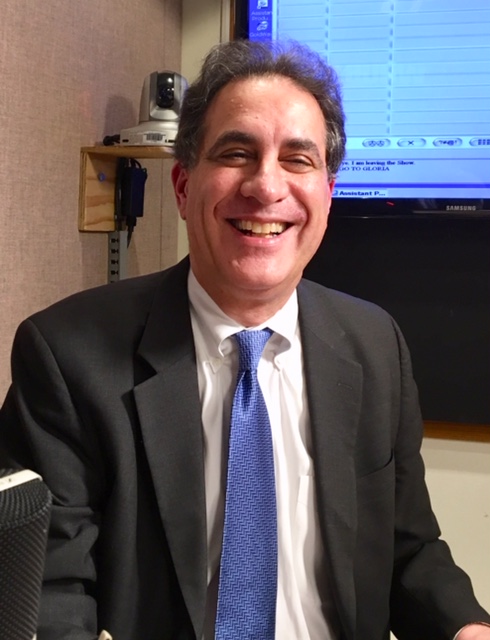Resource Information:
The American Federation of Government Employees: https://www.afge.org/
Blacks In Government: http://www.bignet.org/

Guests:


BACKGROUND OF THE GOVERNMENT SHUTDOWN
The Costs of Government Shutdowns
The first of the two government shutdowns in 1995-1996 lasted only six days, from November 14 to November 20. Following the six-day shutdown, the Clinton administration released an estimate of what the six days of an idled federal government had cost.
Lost Dollars: The six-day shutdown cost taxpayers about $800 million, including $400 million to furloughed federal employees who were paid, but did not report to work and another $400 million in lost revenue in the four days that the IRS enforcement divisions were closed.
Medicare: Some 400,000 newly eligible Medicare recipients were delayed in applying for the program.
Social Security: Claims from 112,000 new Social Security applicants were not processed. 212,000 new or replacement Social Security cards were not issued. 360,000 office visits were denied. 800,000 toll-free calls for information were not answered.
Healthcare: New patients were not accepted into clinical research at the National Institutes of Health (NIH) clinical center. The Centers for Disease Control and Prevention ceased disease surveillance and hotline calls to NIH concerning diseases were not answered.
Environment: Toxic waste cleanup work at 609 sites stopped as 2,400 Superfund workers were sent home.
Law Enforcement and Public Safety: Delays occurred in the processing of alcohol, tobacco, firearms, and explosives applications by the Bureau of Alcohol, Tobacco, and Firearms; work on more than 3,500 bankruptcy cases reportedly was suspended; cancellation of the recruitment and testing of federal law enforcement officials reportedly occurred, including the hiring of 400 border patrol agents; and delinquent child-support cases were delayed.
US Veterans: Multiple veterans’ services were curtailed, ranging from health and welfare to finance and travel.
Travel: 80,000 passport applications were delayed. 80,000 visas were delayed. The resulting postponement or cancellation of travel cost U.S. tourist industries and airlines millions of dollars.
National Parks: 2 million visitors were turned away from the nation’s national parks resulting in the loss of millions in revenue.
Government-Backed Loans: FHA mortgage loans worth more than $800 million to more than 10,000 low-and-moderate-income working families were delayed.




